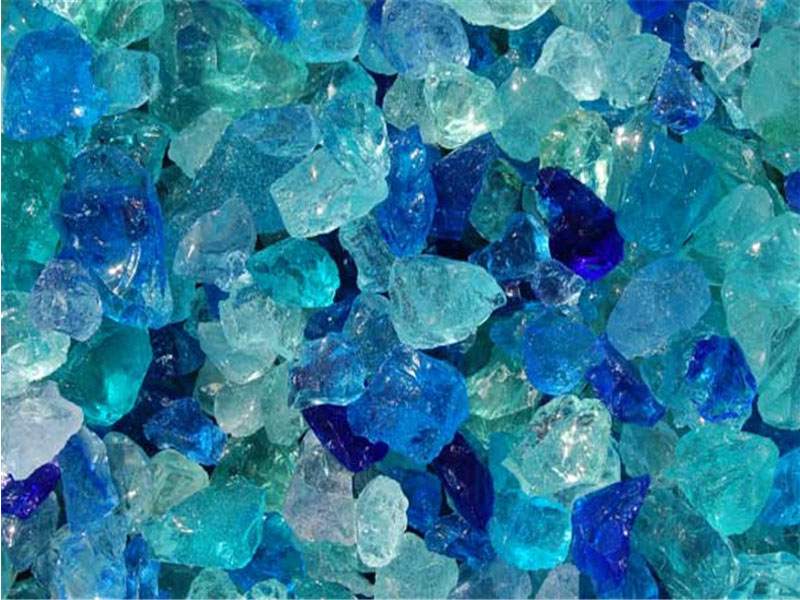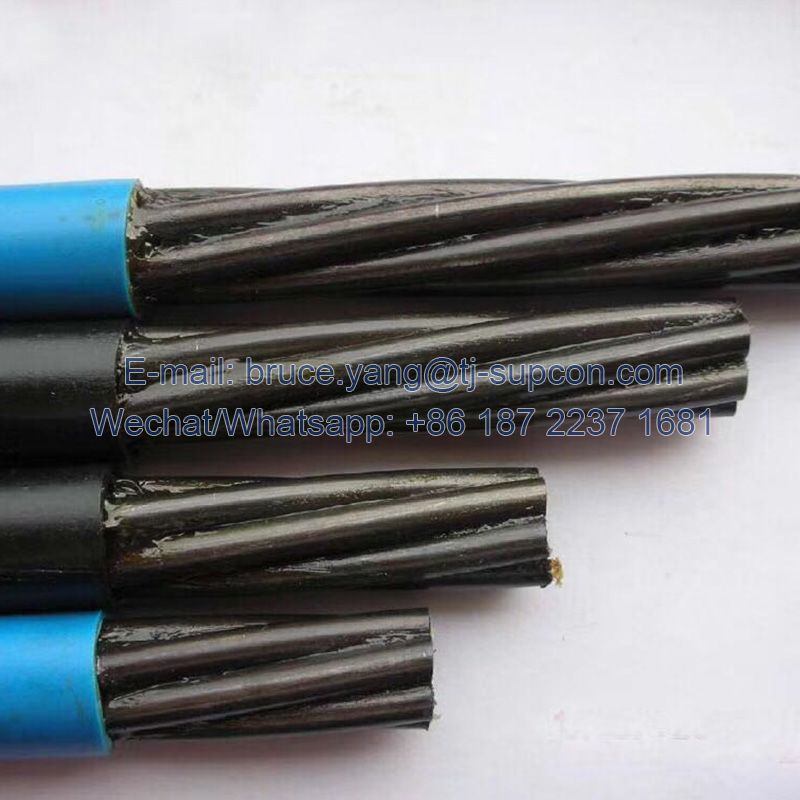What is nichrome wire used for?
In the world of materials science and engineering, nichrome wire stands out as a versatile and valuable component with a wide range of applications. Its unique combination of electrical properties, high melting point, and resistance to oxidation make it indispensable in various industries. From heating elements to cutting-edge technologies, nichrome wire plays a pivotal role in shaping our modern world. In this article, we'll delve into the fascinating realm of nichrome wire and explore its diverse uses.
Understanding Nichrome Wire:
The term "nichrome" is a portmanteau of "nickel" and "chromium," which are the two primary elements comprising this alloy. It typically contains around 80% nickel and 20% chromium, although variations in composition are possible. This alloy's exceptional properties stem from the interaction between these elements:
High Melting Point: The combination of nickel and chromium grants nichrome wire an impressively high melting point, making it suitable for applications that involve intense heat.
Resistance to Oxidation: Nichrome's resistance to oxidation, or the formation of rust, is critical for maintaining its structural integrity and performance under high-temperature conditions.
Electrical Resistivity: Nichrome wire possesses a stable and relatively high electrical resistivity. This property enables the efficient conversion of electrical energy into heat, making it an ideal choice for heating elements.
Corrosion Resistance: Beyond its resistance to oxidation, nichrome also exhibits corrosion resistance in various environments, further contributing to its durability.
Applications of Nichrome Wire:
Heating Elements:
One of the most prominent and widespread uses of nichrome wire is in heating elements. These elements are found in household appliances like toasters, hairdryers, and space heaters. The wire's high electrical resistivity causes it to heat up when an electric current passes through it. This heat is then radiated into the surrounding environment, allowing for efficient and controlled heating.
Industrial Furnaces:
Nichrome wire's ability to withstand high temperatures and resist oxidation makes it an invaluable component in industrial furnaces and kilns. These furnaces are used for processes such as metal smelting, glass manufacturing, and ceramics production.
Electrical Resistance Wires:
Nichrome wire is often used as a resistance wire in applications that require precise control over electrical resistance. This includes devices like rheostats and resistors in electrical circuits.
Incandescent Light Bulbs:
Before the widespread adoption of LED lighting, incandescent light bulbs utilized nichrome filaments that would emit light when heated to high temperatures by passing an electric current through them.
Electric Blankets:
Nichrome wire's heating properties are harnessed in electric blankets, providing warmth to users during cold nights.
Explore more:What is copper-clad steel used for?What Is The Difference Between Hot Rolled And Cold Rolled Stainless SteelUnveiling the Superiority of Gutter Guard Mesh: A Definitive GuideUnveiling the Versatility of Premium Knitted Wire Mesh: The Perfect Solution for Unlimited ApplicationsKey Features of steel cageUnveiling the Top-Notch Stainless Steel Suction Filter
Cutting and Sealing Tools:
In industries such as packaging and textiles, nichrome wire is used in heated cutting and sealing tools. These tools make clean cuts and seal the edges of materials like plastic and fabric.
Resistance Heating Alloys:
Nichrome wire is categorized as a resistance heating alloy, and it's often used in conjunction with other alloys to create specialized heating elements for specific applications.
Automotive Industry:
The automotive sector employs nichrome wire in heated oxygen sensors (often referred to as lambda sensors) that monitor exhaust gases and optimize engine performance.
Aerospace Applications:
The high-temperature stability of nichrome wire makes it suitable for aerospace applications, including components within aircraft engines and systems that require reliable performance at extreme temperatures.
Scientific Research:
Nichrome wire is used in laboratories for its controllable heating properties. It finds applications in experiments that require precise temperature control.
Electrical Heating Coils:
In addition to heating elements, nichrome wire is used in electrical heating coils for a variety of purposes, ranging from food preparation equipment to industrial processes.
Medical Devices:
Nichrome wire's controlled heating capabilities are leveraged in various medical devices, such as electric cauteries used for surgical procedures.
Thermocouples:
In some cases, nichrome wire is paired with other materials to create thermocouples, which are temperature-sensing devices used in various industries, including metallurgy and aerospace.
Circuit Protection:
Nichrome wire's resistive properties are also utilized in circuit protection devices, such as fuses, where it melts and breaks the circuit when excessive current flows through it.
In Conclusion:
Nichrome wire's remarkable combination of properties has propelled it into numerous applications across a diverse range of industries. From providing heat in household appliances to enabling advanced technologies in aerospace, nichrome wire's versatility and reliability make it an indispensable material. Its ability to generate controlled heat while resisting oxidation and corrosion has made it an enduring choice for applications that demand reliability, precision, and durability. As technology continues to advance, nichrome wire will likely continue to find new and innovative applications, further solidifying its place as a fundamental component in our modern world.
Explore more:The Purity Advantage: High-Purity Metal Chromium UnveiledAre Glass Beads the Solution for Effective Road Marking?Selection of Flux Cored Hardfacing Welding Wire





Comments
Please Join Us to post.
0